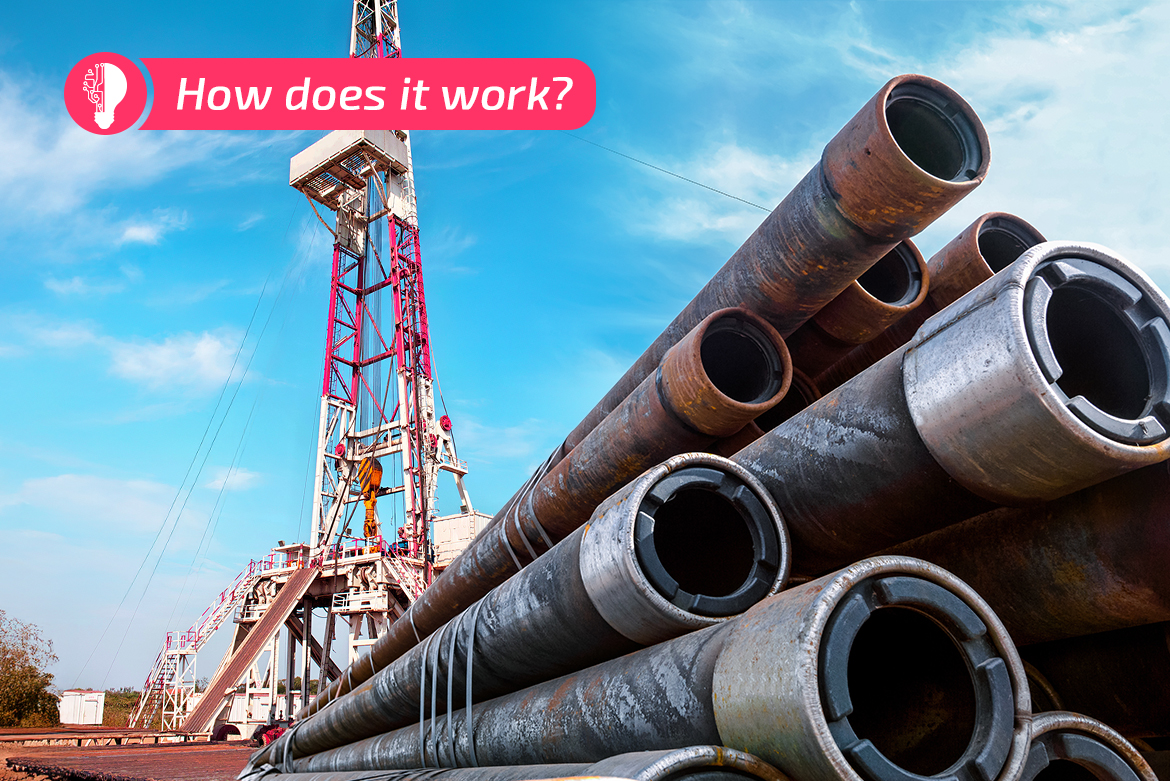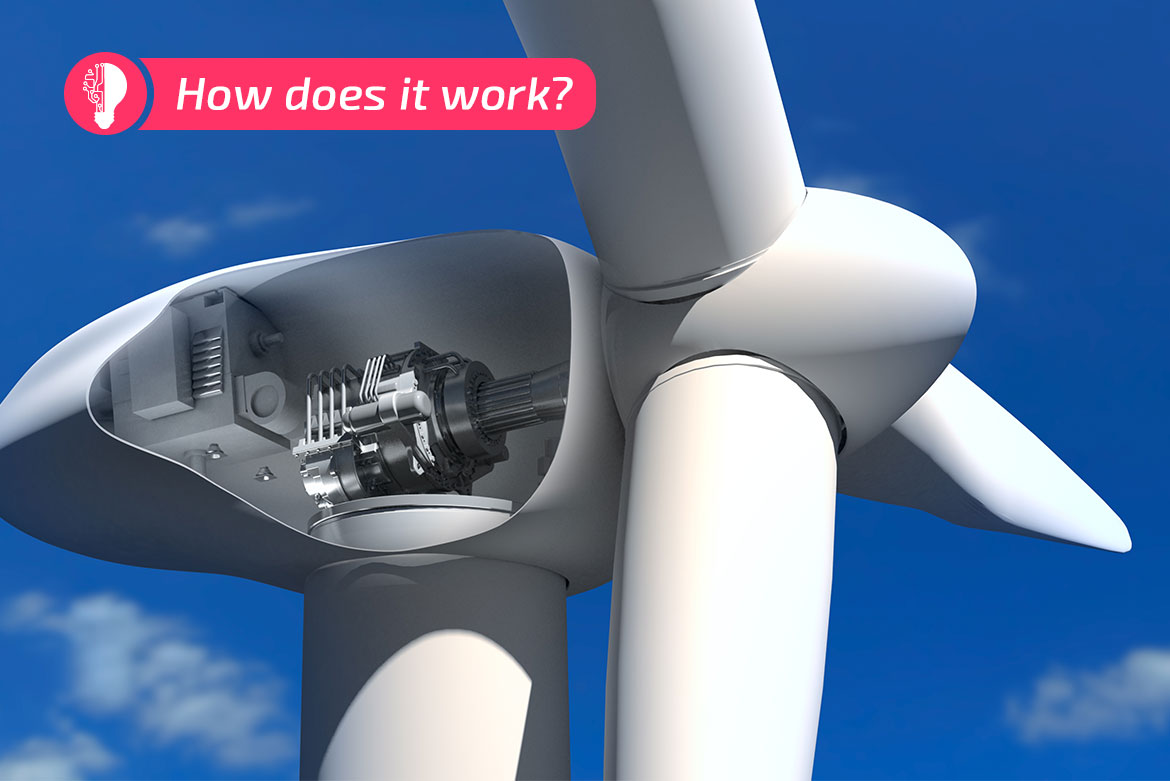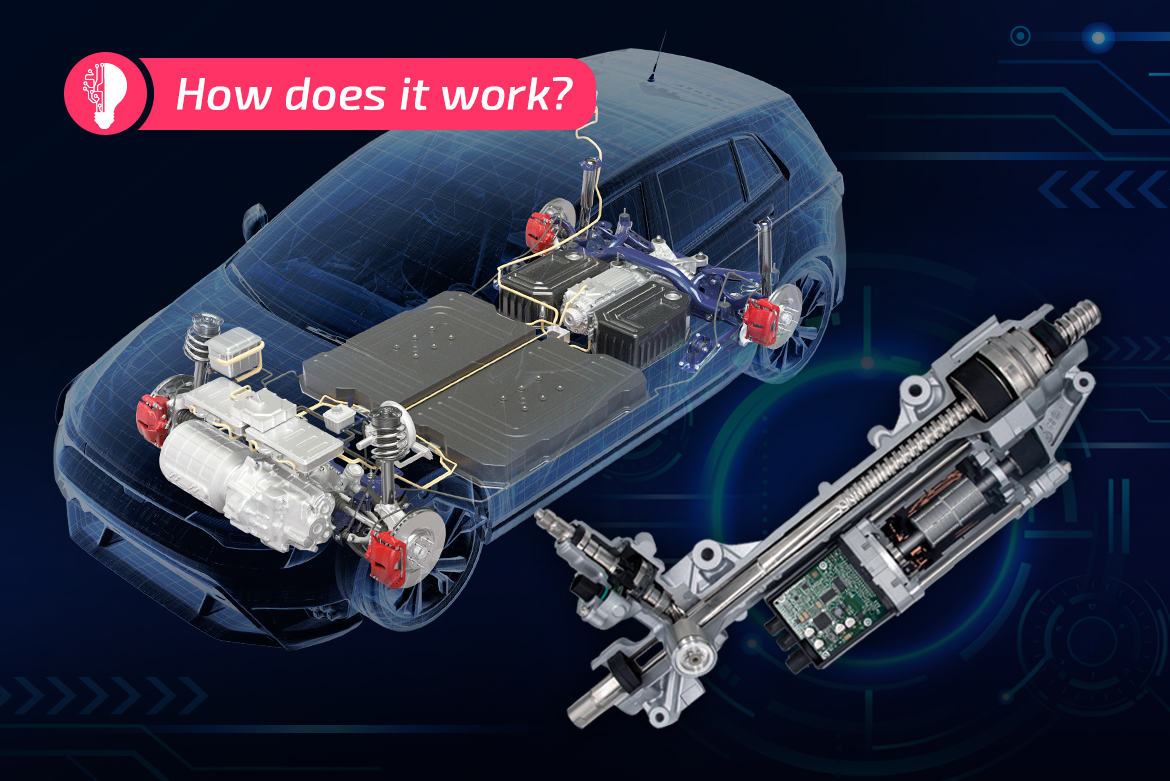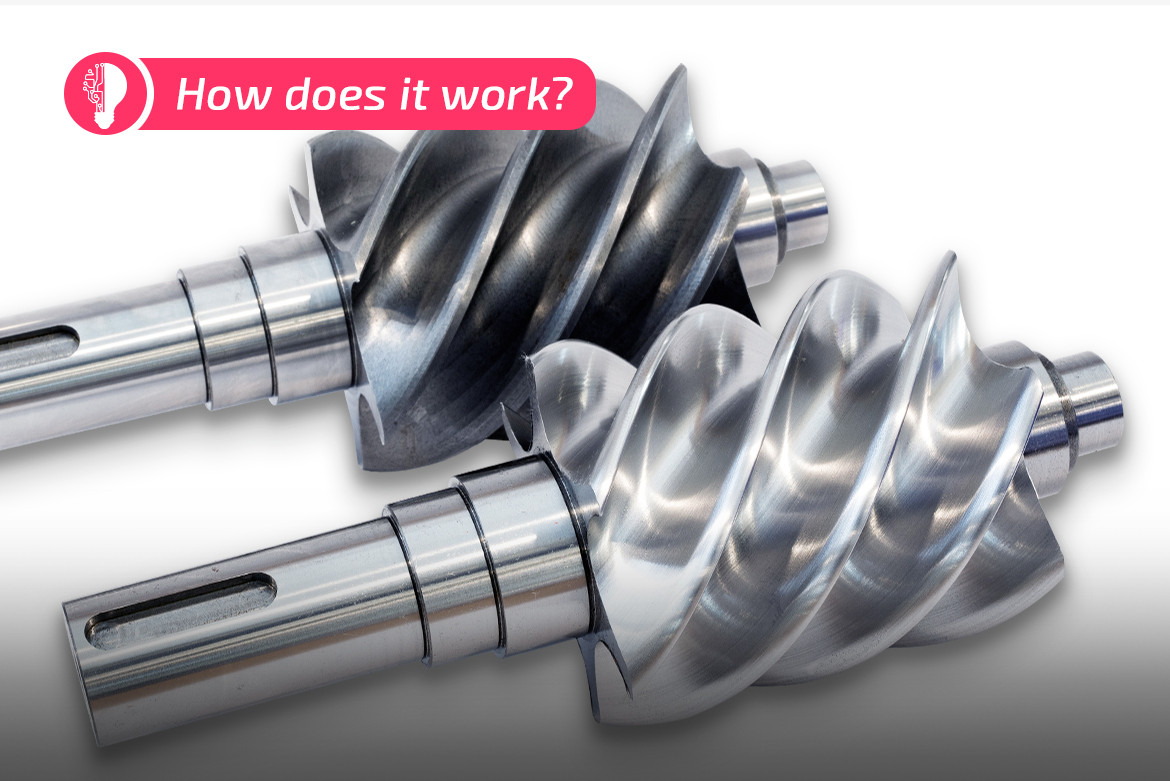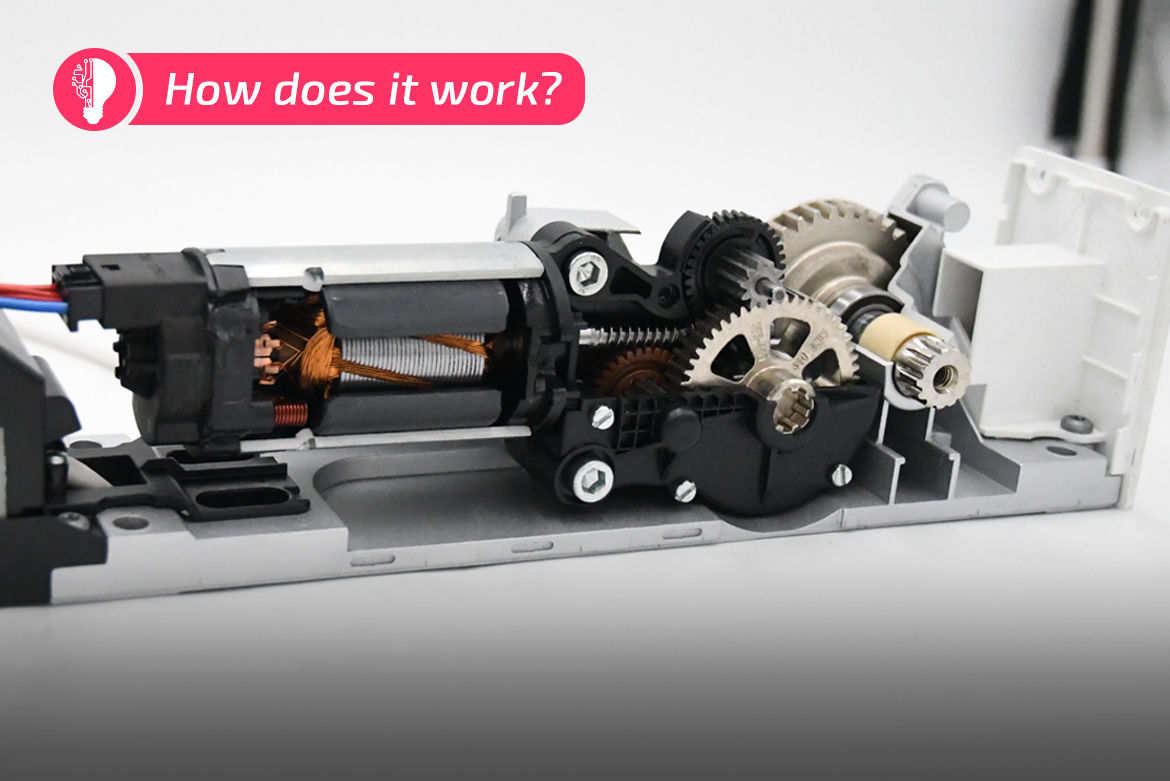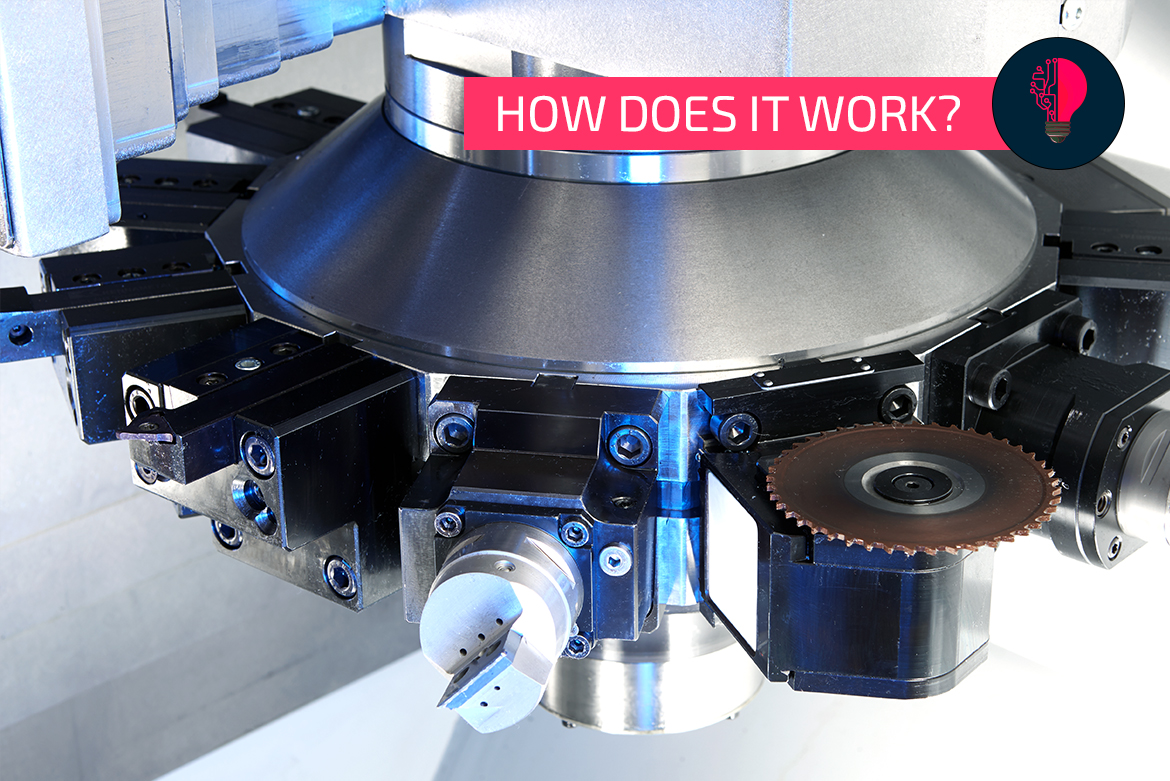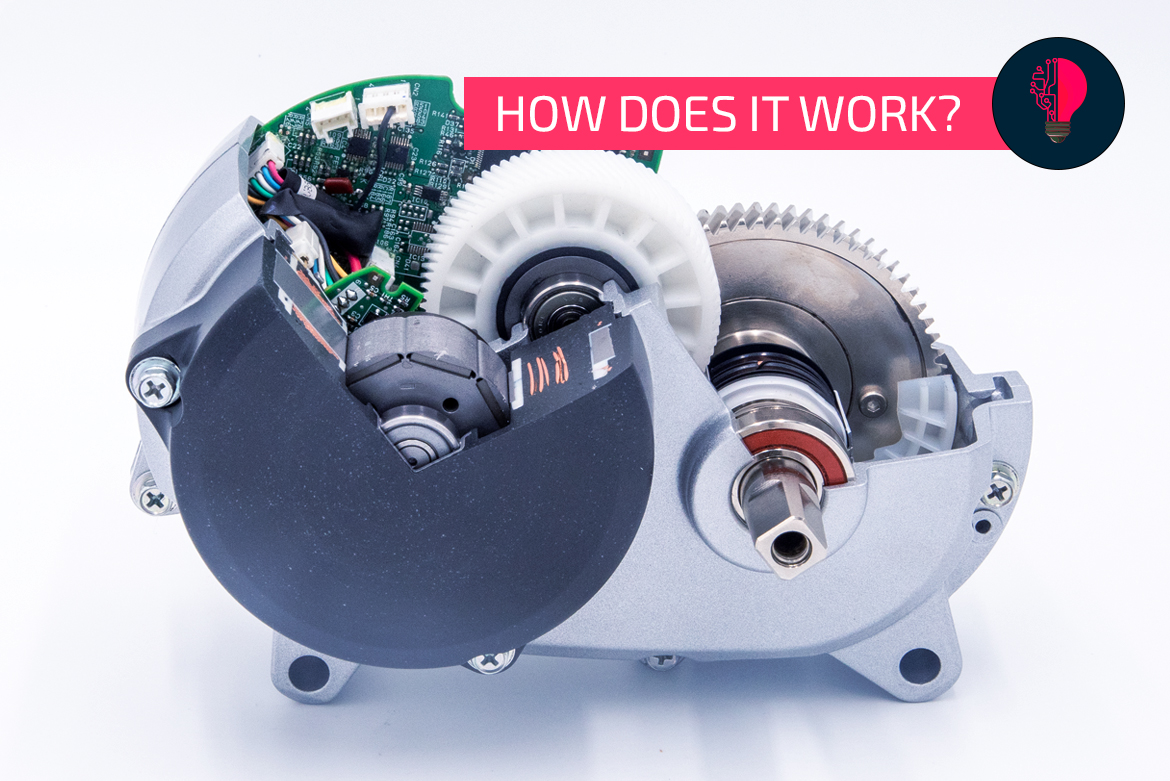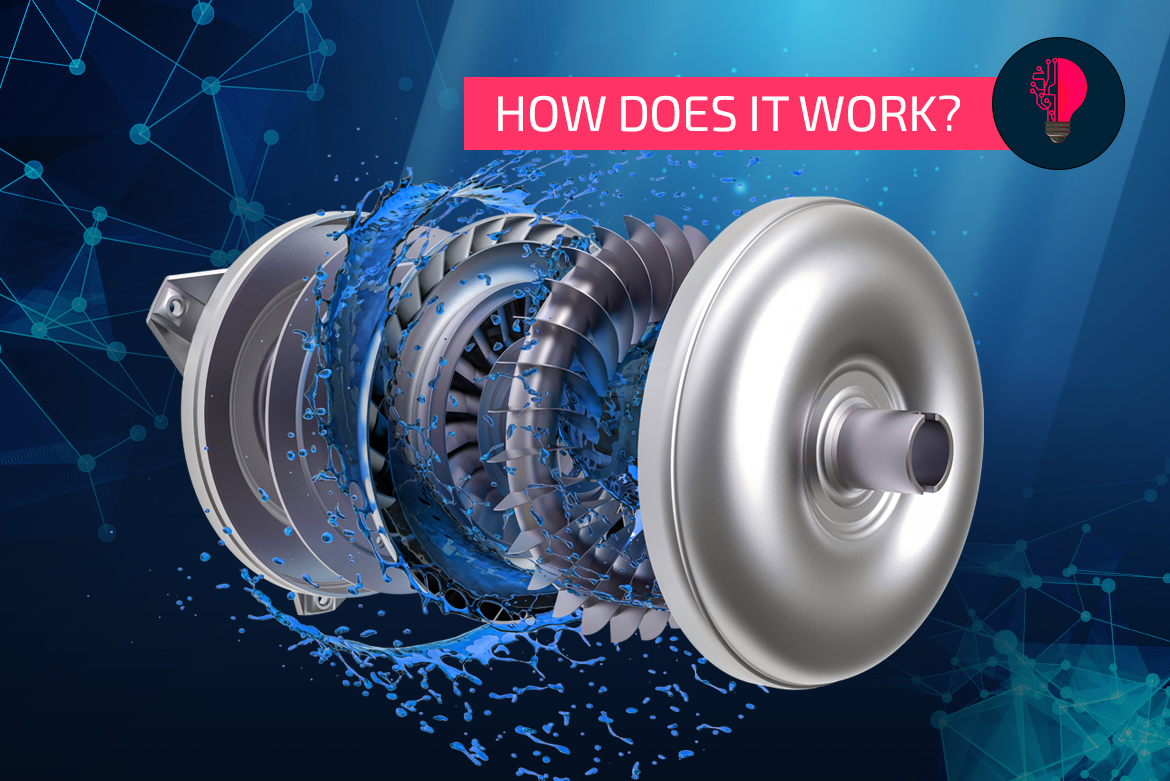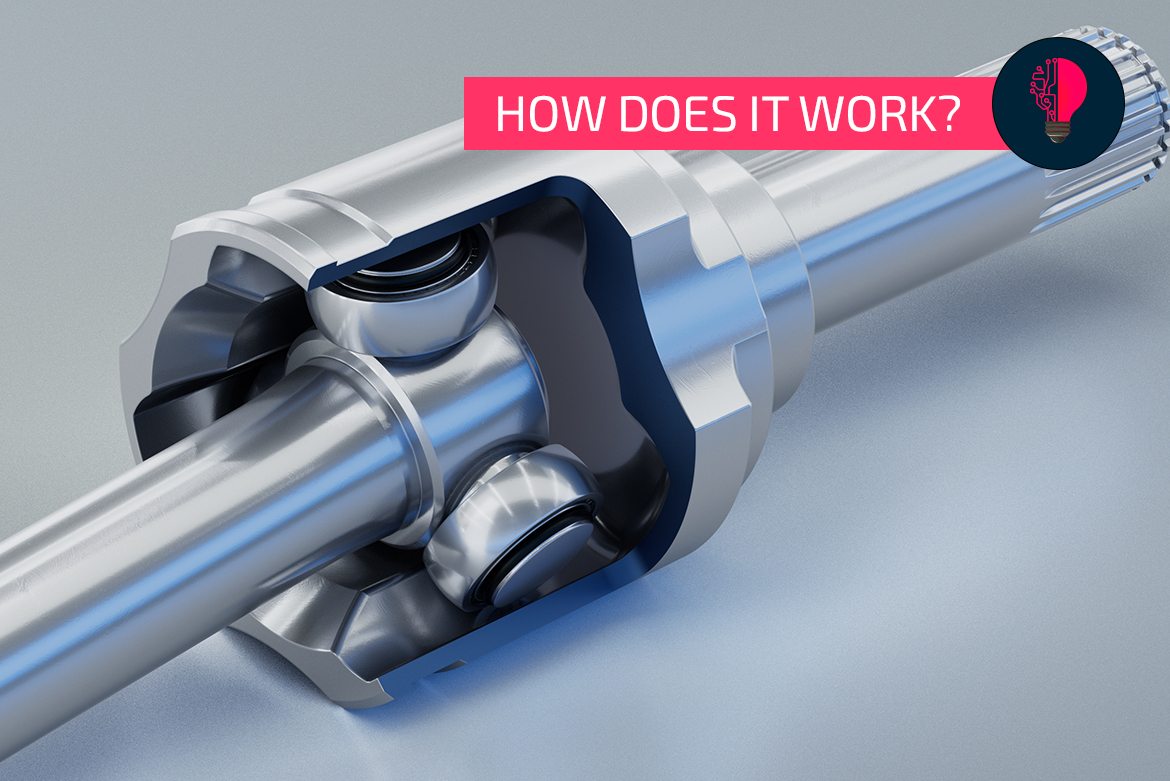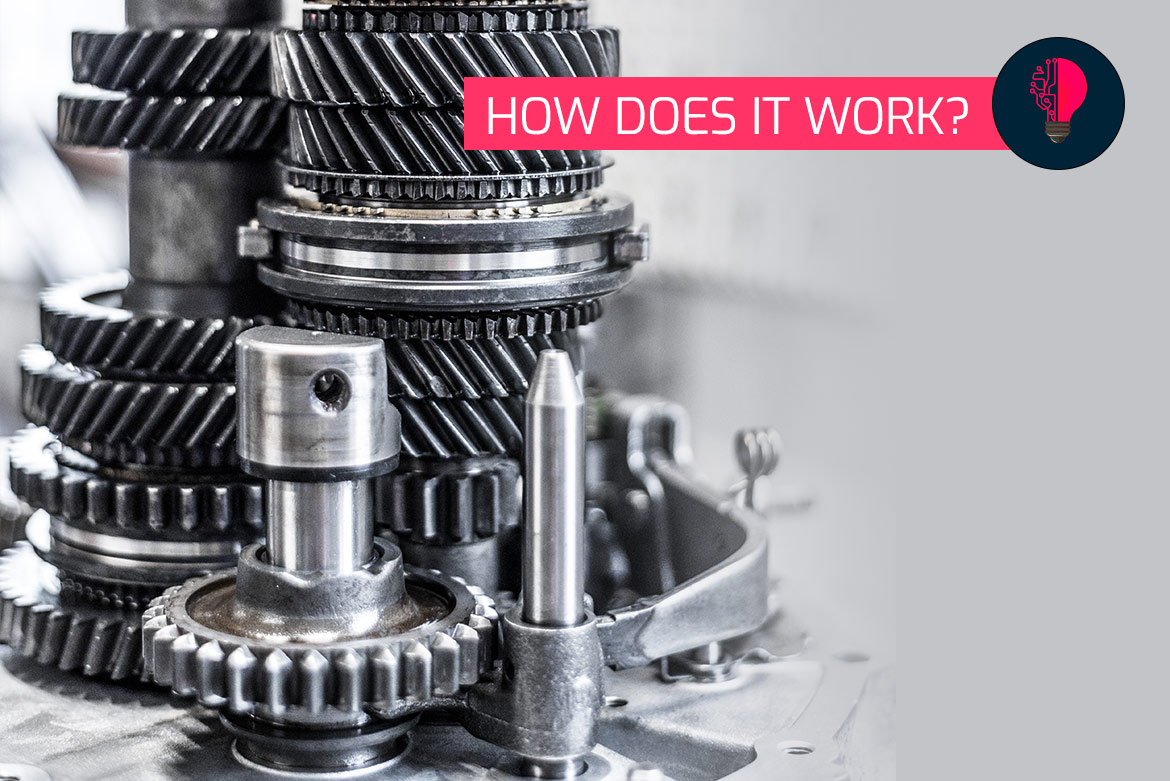Drilling rigs are complex systems that are used to drill deep boreholes into the ground – for example to extract crude oil or natural gas. The central element is the drill string, which consists of numerous steel pipes that are bolted together via threaded connections. These pipes and the connecting threaded sockets (couplings) must be able to withstand enormous mechanical stresses and seal absolutely reliably. In this blog post, we shed light on how a drilling rig and its pipe systems work and, in particular, how the machining of the pipes and couplings takes place. The focus is on machine tools from the EMAG Group – in particular the series USC (for pipes) and VSC (for couplings), which are used in the machining of OCTG (Oil Country Tubular Goods) components.
How does it work
Wind turbines are a key pillar for the sustainable energy supply of the future – as a relatively reliable source of base load for the electricity grid because the wind blows constantly on the high seas, for example. But how exactly do wind turbines work, why do so-called azimuth gearboxes play an important role and what characterizes their production? We provide some initial answers here.
The car steering of the future will be different: largely electric and autonomous – the driver will be increasingly supported by intelligent systems. But how exactly do the various steering systems work and what role does the wheel suspension, including wishbones, play? We explain.
Compressors have been around for thousands (!) of years – as an indispensable aid in the production of high-quality metals. Modern screw compressors, on the other hand, are a relatively new invention from the 20th century. What distinguishes the technology in detail and where is it used today? Answers can be found here!
Automatic doors are familiar from hospitals, for example: after briefly pressing a button on the wall, the structure opens automatically, which is a great help when transporting beds, for example. Automatic door openers of a similar type can also be found in many companies and stores, at airports, as “airlocks” in research stations and in front of barrier-free toilets. A sophisticated gearbox usually operates inside them.
Actually, the turret inside a machine tool bears little resemblance to the barrel of a firearm in purely visual terms. So where does this name come from? We explain this in the following “How it works” blog. The same applies to the questions of how the whole thing works in detail and who invented it. Incidentally, the latter has a lot to do with the history of EMAG.
The e-bike market continues to boom – even if manufacturers have recently been unable to match the record figures from the pandemic. Nevertheless, around 1.6 million e-bikes were produced in Germany in 2023. In light of these large figures, it is particularly interesting to take a look at the central component: how exactly does the e-bike motor work, what characterizes its production and what changes are in store for the future?
Old technology – new applications: The torque converter transmission is still “in” and is very important in automotive engineering. It is used more frequently in hybrid engines, for example. But how does the technology work and what are the advantages and disadvantages?
Without the tripod joint, the drive in a car would be inconceivable: The relatively small component creates the power connection between the axle drive and the drive shaft. Why is this technology so important?
- 1
- 2
